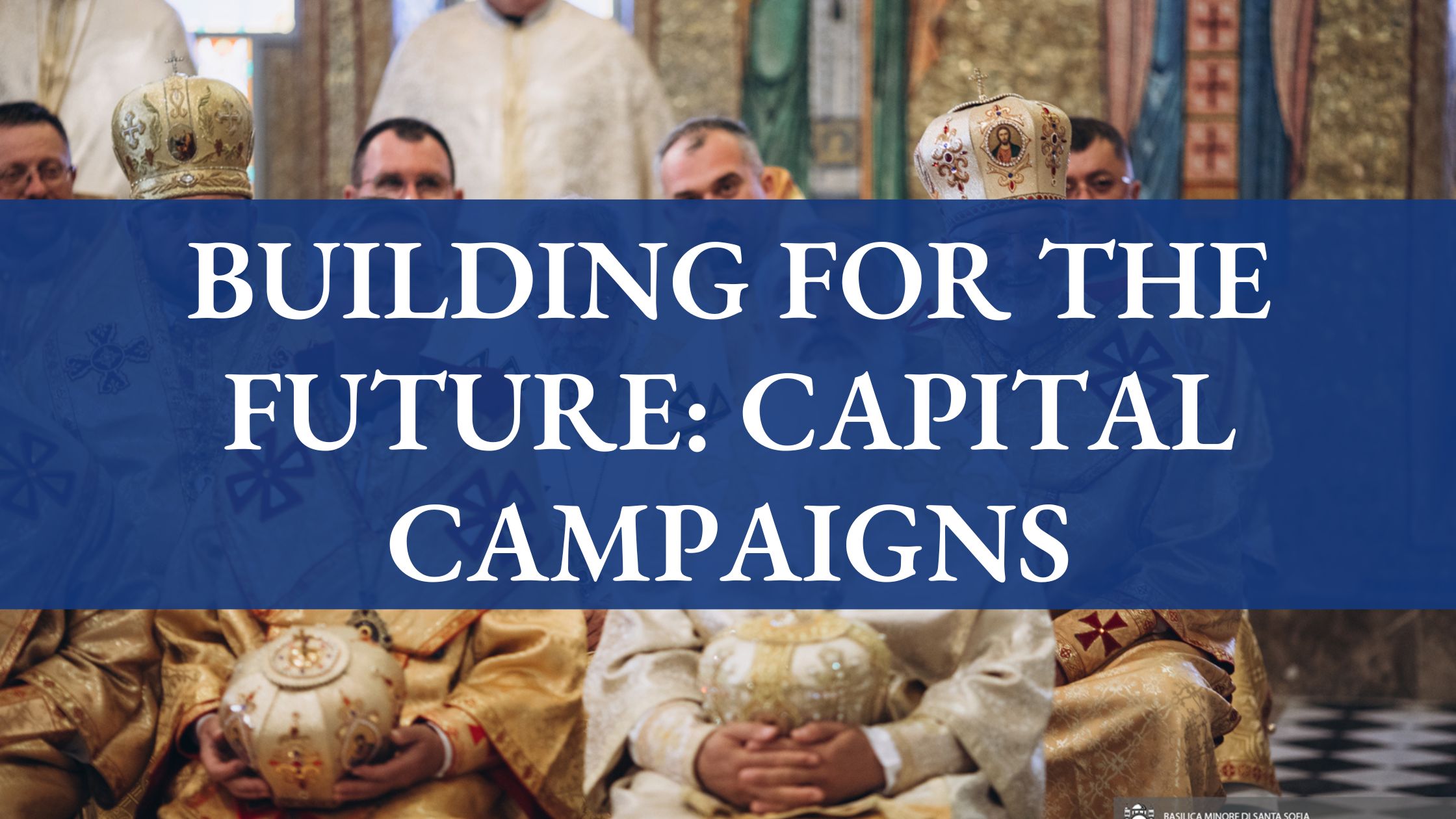In the life of a thriving Ukrainian Catholic community, there often comes a time when the physical church facilities need to be expanded or renovated to accommodate the growing congregation’s needs. These ambitious projects require significant funding, which is where capital campaigns come into play. In this blog post, we will summarize the process of launching a capital campaign to fund church expansion projects, renovations, or facility upgrades and the key steps involved in making it a success.
Step 1: Vision and Planning
1. Clarify Your Vision: Before launching a capital campaign, it’s crucial to have a clear and compelling vision for your church’s expansion project. What are the specific needs? How will this expansion benefit the congregation and the community?
2. Set Clear Goals: Establish realistic financial goals for the campaign. Calculate the total project cost, including construction, permits, furnishings, and any other associated expenses. This will help determine the fundraising target.
3. Assemble a Campaign Team: Create a dedicated team of volunteers and church members to lead and manage the campaign. Assign roles, including campaign chairperson, treasurer, and communications coordinator.
Step 2: Feasibility Study
4. Conduct a Feasibility Study: Conduct surveys to gauge the level of support and enthusiasm within the congregation. This study will help determine if the campaign is viable and if adjustments to the goals or approach are necessary.
Step 3: Campaign Strategy
5. Develop a Comprehensive Plan: Craft a detailed campaign plan that outlines the timeline, strategies for soliciting donations, communication efforts, and donor recognition.
6. Case for Support: Create a compelling case statement that clearly articulates the need for the project, its impact on the community, and why it’s worth supporting. Make this statement accessible to all potential donors.
Step 4: Fundraising Tools and Communication
7. Engage with the Congregation: Launch the campaign within the congregation first. Hold informational meetings, workshops, and presentations to explain the project and campaign goals.
8. Leverage Multiple Channels: Utilize a mix of communication channels, including church newsletters, social media, email, and in-person announcements, to reach all members and potential donors.
9. Donor Recognition: Establish recognition and acknowledgment methods for donors at various giving levels. Consider naming opportunities for specific areas of the expansion project.
Step 5: Donor Cultivation
10. Individual Meetings: Arrange one-on-one meetings with potential major donors. Listen to their concerns, answer questions, and present the case for support personally.
11. Regular Updates: Keep donors informed about the progress of the campaign and construction. Highlight milestones, share success stories, and show the impact of their contributions.
Step 6: Launch and Sustain the Campaign
12. Campaign Launch: Host a special event or service to officially kick off the campaign. Use this opportunity to energize and rally the congregation around the project.
13. Regular Giving Opportunities: Provide different giving options, such as one-time gifts, multi-year pledges, month-to-month donations, or in-kind donations, to accommodate various financial situations.
Step 7: Celebrate Success and Gratitude
14. Campaign Conclusion: Once the fundraising goal is met, celebrate the success of the campaign with the congregation. Share stories of how the expansion project will benefit the community.
15. Gratitude and Acknowledgment: Show appreciation to all donors, whether they gave large or small amounts. Consider hosting a special thank-you event or service.
Launching a capital campaign for church expansion is a significant undertaking that requires careful planning, dedication, and effective communication. When executed with vision, transparency, and a strong sense of community, these campaigns can bring a congregation together, generate the necessary funds, and lead to the successful realization of a brighter future for the church and its mission. Building for the future becomes a shared journey of faith, growth, and community-building.

